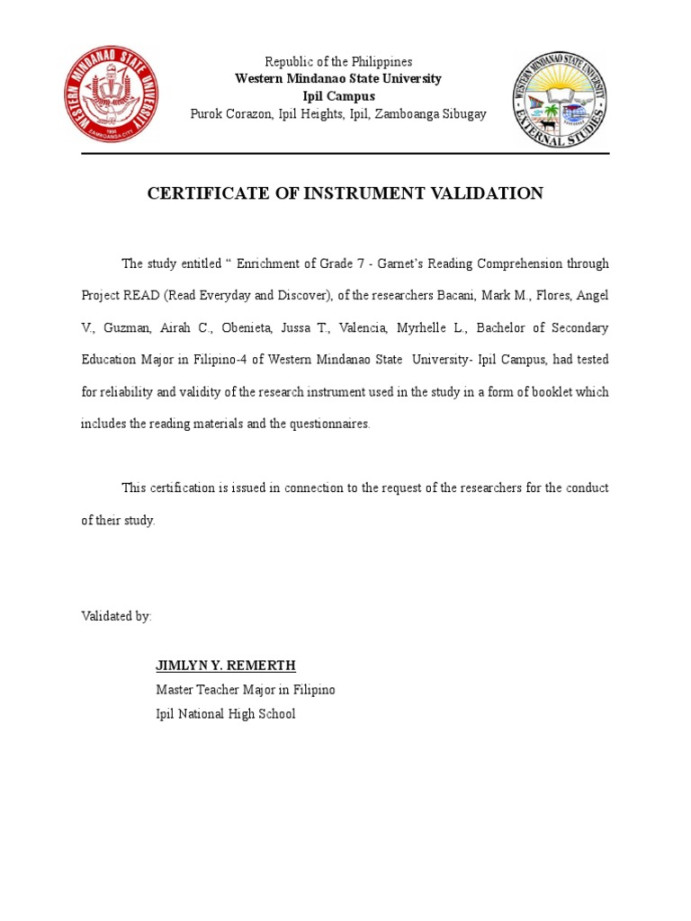A validation Certificate template serves as a formal document that verifies the authenticity, accuracy, or compliance of a product, service, or process. It is a crucial tool for establishing trust, credibility, and reliability in various industries. When designing a validation certificate template, it is essential to consider the design elements that convey professionalism and trust.
Key Design Elements for a Professional Validation Certificate Template:
Font Selection

The choice of font significantly impacts the overall appearance and readability of the template. Opt for fonts that are clean, legible, and professional. Serif fonts like Times New Roman or Garamond are commonly used for their classic and formal look. However, sans-serif fonts like Arial or Helvetica can also be effective, especially for a more modern and contemporary feel.
Layout and Structure
A well-structured layout enhances the clarity and organization of the certificate. Consider the following elements:
Header: The header should prominently display the name of the issuing organization, its logo, and the certificate title.
Color Scheme
Choose a color scheme that is visually appealing and aligns with the brand identity of the issuing organization. Avoid overly bright or garish colors that can appear unprofessional. Consider using a combination of neutral colors like black, white, and gray, with one or two accent colors to add visual interest.
Graphics and Imagery
While graphics and imagery can enhance the aesthetic appeal of the certificate, it is important to use them judiciously. Avoid excessive use of graphics that can clutter the design and detract from the main focus of the certificate. Use high-quality images that are relevant to the validation process.
Paper Quality and Printing
The choice of paper quality and printing method can significantly impact the perceived value and professionalism of the certificate. Consider using high-quality paper with a smooth finish, such as cotton or linen paper. Opt for professional printing services that can produce high-resolution prints with accurate color reproduction.
Customization
A well-designed validation certificate template can be easily customized to suit different validation scenarios. Consider creating templates for specific products, services, or industries. This can help streamline the validation process and ensure that the certificates are consistent and professional.
Proofreading and Editing
Before finalizing the template, carefully proofread and edit the content to ensure accuracy and clarity. Errors in grammar, spelling, or formatting can undermine the credibility of the certificate. Consider having the template reviewed by a professional editor or proofreader.
By carefully considering these design elements, you can create a validation certificate template that is not only visually appealing but also conveys professionalism, trust, and credibility. A well-designed template can serve as a valuable asset for your organization, helping to strengthen your reputation and build relationships with customers and stakeholders.